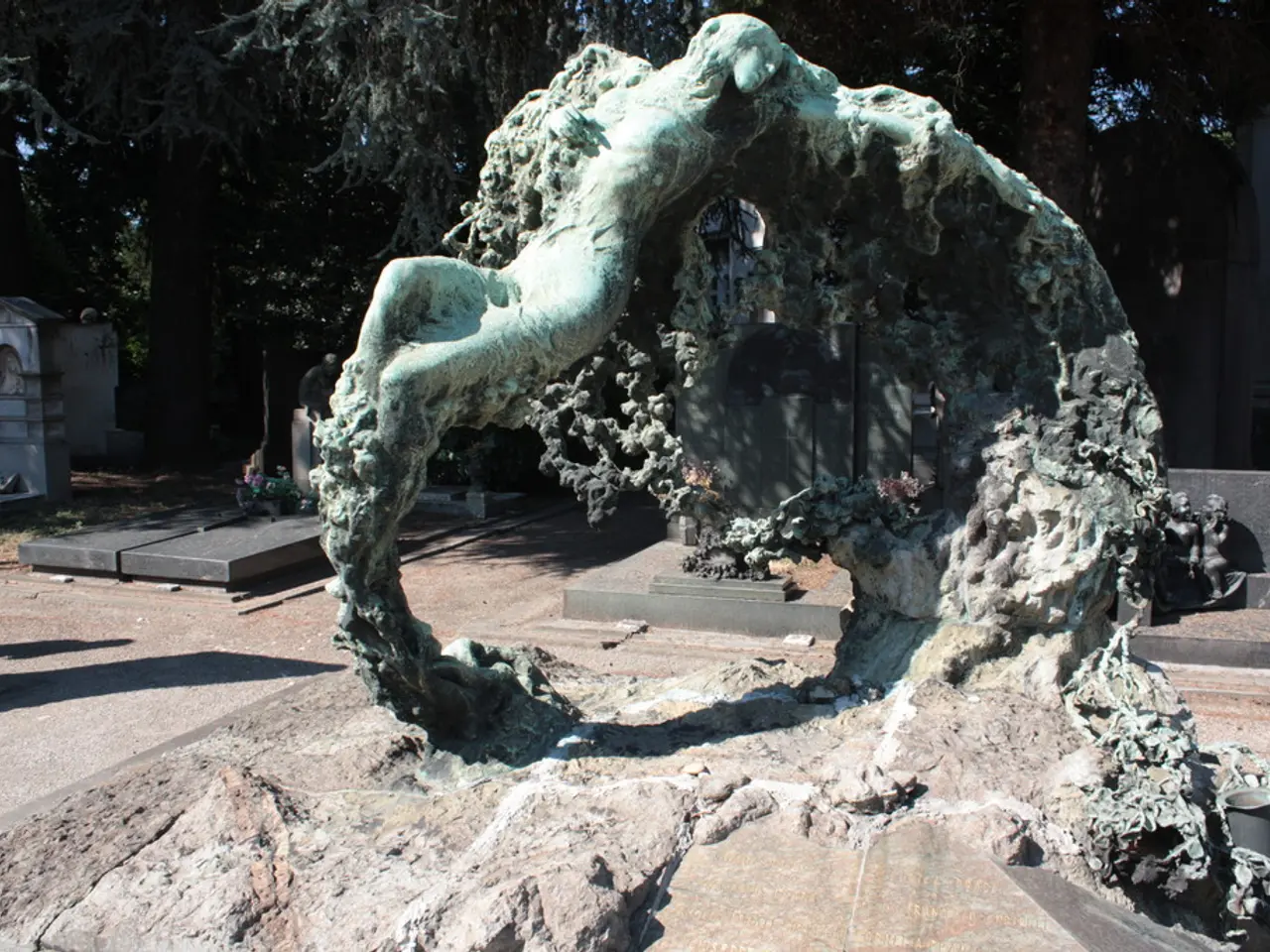Navigating the Taxing Maze of Pension Inheritance Documentation: Tips to Minimize Penalties
In April 2027, the UK government will implement changes to the inheritance tax (IHT) regarding unused pensions. These changes aim to remove tax advantages that previously allowed pensions to pass outside the estate, making most unused pension wealth part of the deceased’s estate for IHT calculation[1][3].
Executors, also known as personal representatives, will be responsible for handling the IHT paperwork related to pensions, not the pension providers[2][4]. To prepare, it is essential to gather and organise all pension documentation, including details of defined contribution and defined benefit schemes.
Locating and identifying all pension schemes and funds will be crucial. Defined contribution or 'pot of money' pensions are key, and bank statements can provide valuable information, especially for one-off withdrawals or regular direct debits[9][10]. A pension identification document can also provide useful information to executors and heirs about financial affairs[4][5].
Executors will need to report the full value of unused pension funds and lump-sum death benefits as part of the estate’s value in the IHT return[2][3]. To simplify the process, HMRC has promised various online tools and calculators to help executors work out any potential inheritance tax due[13].
The responsibility to locate all pensions falls on the estate's executors. If the individual had a financial adviser, they should be contacted as they should have a full picture[11]. In some cases, financial institutions may be wary of providing information without probate, but a financial power of attorney can make them more willing to deal with you[8].
Bereaved families may face a significant administrative burden due to these changes. To avoid potential inheritance tax pension paperwork headaches, former pension minister Steve Webb suggests keeping all pension paperwork organised[14].
It is essential to settle the inheritance tax bill within six months, and penalties apply for missed deadlines. Penalties range from £100 to £3,200[12]. The government has promised to provide information and guidance for executors about the steps they will need to take, closer to the implementation of the new policy in April 2027[12].
In summary, preparing now involves organising pension information and understanding that executors will have increased responsibilities to identify, value, and declare pension wealth in the estate’s IHT administration from April 2027 onward[1][2][3][4].
- To effectively handle the increased responsibilities in the estate's Inheritance Tax (IHT) administration, beginning in April 2027, it is advisable for executors to gather and organize not only traditional pension documentation but also details related to personal finance, wealth-management, and savings, as these may impact the overall IHT calculation.
- In the process of preparing for the upcoming changes to inheritance tax regarding pensions, it's crucial for executors to understand that they will be required to report the full value of unused pension funds, lump-sum death benefits, and other sources of personal wealth, such as savings, in the IHT return, thereby calling for a comprehensive approach to effective wealth management.




